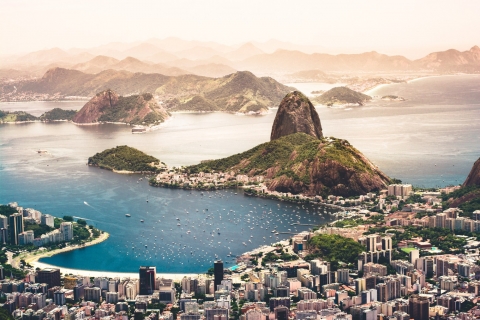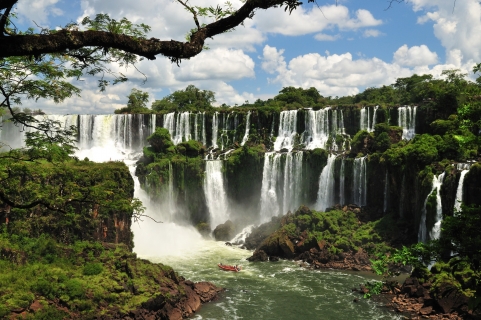Dois Irmãos Temperature by Month
This graph shows the average minimum and maximum temperatures throughout the year in Dois Irmãos (Rio Grande do Sul), Brazil. The minimum temperature is often recorded between 4 AM and 6 AM, while the highest temperature is usually reached at 3 PM. During this time the sun's heating effect is the strongest.
Temperature patterns do vary with the seasons. In winter, the time of minimum and maximum temperatures can shift slightly compared to summer.
- Hot season / summer is in January, February, March and December.
- On average, the warmest month is January with 30°C.
- On average, the coolest month is July with 20°C.
- The average annual maximum temperature is 25°C.
- The average annual minimum temperature is 14°C.
Current temperature in Dois Irmãos
partly cloudy and no rain
partly cloudy and chance of slight rain
broken clouds and thunder




